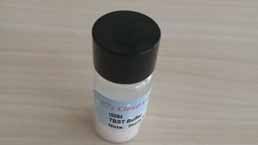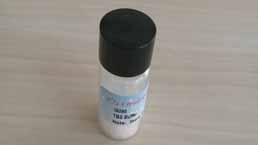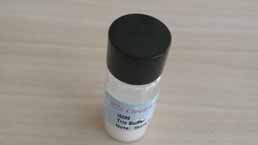Biotin-Linked Polyclonal Antibody to Laminin (LN) 

LAM
Overview
Properties
- Product No.LAA082Hu71
- Organism SpeciesHomo sapiens (Human) Same name, Different species.
- ApplicationsWB; IHC; ICC.If the antibody is used in flow cytometry, please check FCM antibodies.
Research use only - Downloadn/a
- Category
- SourceAntibody labeling
- Ig Type IgG, Potency n/a
- PurificationAntigen-specific affinity chromatography followed by Protein A affinity chromatography
- LabelBiotin
- Original Antibody n/a
- Buffer FormulationPBS, pH7.4, containing 0.02% NaN3, 50% glycerol.
- TraitsLiquid, Concentration 500µg/mL
Sign into your account
Share a new citation as an author
Upload your experimental result
Review

Contact us
Please fill in the blank.
Specifity
The antibody is a rabbit polyclonal antibody raised against LN. It has been selected for its ability to recognize LN in immunohistochemical staining and western blotting.
Usage
Western blotting: 0.2-2µg/mL;1:250-2500
Immunohistochemistry: 5-20µg/mL;1:25-100
Immunocytochemistry: 5-20µg/mL;1:25-100
Optimal working dilutions must be determined by end user.
Storage
Store at 4°C for frequent use. Stored at -20°C in a manual defrost freezer for two year without detectable loss of activity. Avoid repeated freeze-thaw cycles.
Stability
The thermal stability is described by the loss rate. The loss rate was determined by accelerated thermal degradation test, that is, incubate the protein at 37°C for 48h, and no obvious degradation and precipitation were observed. The loss rate is less than 5% within the expiration date under appropriate storage condition.
Giveaways
Increment services
Citations
- Protein synthesis and secretion in human mesenchymal cells derived from bone marrow, adipose tissue and Wharton's jellyPubmed: 24739658
- Mesenchymal stromal cell proliferation, gene expression and protein production in human platelet-rich plasma-supplemented mediaPubmed:Pmc4130592
- Augmented expression of urokinase plasminogen activator and extracellular matrix proteins associates with multiple myeloma progressionPubmed:24807734
- Investigation?of?diagnostic?potentials?of?nine?different?biomarkers?in?endometriosis.Pubmed:24813083
- Comparative Analysis of the Extracellular Matrix Composition in Proliferating and Involuted Infantile HemangiomasPubMed: 26430624
- Modified Citrus Pectin stops progression of liver fibrosis by inhibiting galactin-3 and inducing apoptosis of stellate cellsDoi: Abs
- Clinical significance of serum laminin and typeâIV collagen levels in cutaneous melanoma patientsPubmed:27330797
- Key Matrix Proteins Within the Pancreatic Islet Basement Membrane Are Differentially Digested During Human Islet Isolation.pubmed:27456745
- Modulatory Effects of Chemoradiation on Angiogenic Factors and Laminin in Cervical Cancer: Link with Treatment Responsepubmed:29172262
- Coordination Among Lipid Droplets, Peroxisomes and Mitochondria Regulates Energy Expenditure Through the CIDE-ATGL-PPARα Pathway in AdipocytesPubmed:29986925
- Evaluation of antifibrotic effects of coffee and cocoa extracts in rats with thioacetamide-induced fibrosis10.1007:s00217-018-3119-z
- High amplitude stretching of ATII cells and fibroblasts results in profibrotic effectsPubmed: 31290711
- Fabrication and Evaluation of a Xenogeneic Decellularized Nerve-Derived Material: Preclinical Studies of a New Strategy for Nerve RepairPubmed: 31758411
- Untersuchungen und semiquantitative Symmetrie-Analysen zur Extrazellulärmatrix von Kalbs-Stimmlippen
- CLINICAL SIGNIFICANCE OF LAMININ AND ELASTINE LEVELS IN CHILDREN WITH UNDIFFERENTIATED CONNECTIVE TISSUE DISEASE












